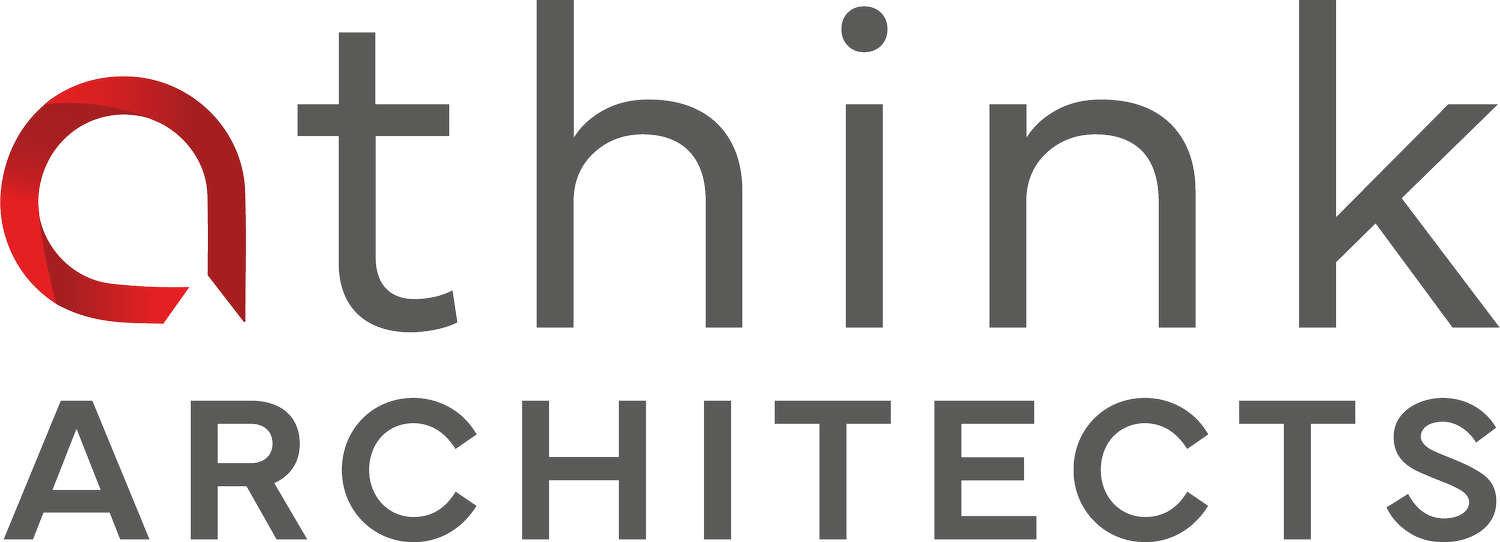Green vs Sustainable property developments - what’s the difference?
Many of our clients are now working towards sustainable property developments, and with the cost of living rising, also developing homes to be more energy efficient is in everyone’s best interest too.
There are different options for making them sustainable and eco-friendly, but today we wanted to explain the difference between the two. This is important to understand especially when it comes to property developments for 2023, and beyond.
In practice ‘green’ and ‘sustainable’ have slightly different meanings, and where buildings are considered, the terms apply to different scenarios relating to a building’s life cycle.
Sustainable
This term refers to buildings that have a sustainable approach at the core of every stage of their existence. From architectural planning, to design, build and construction, operation, and demolition – a sustainable building incorporates environmentally responsible and resource-efficient practices to provide a long-term comfortable, healthy and productive environment for its occupants, all whilst without negatively impacting the surrounding environment.
Green
The term ‘green buildings’ focuses solely on the environment. A green building has specific practices and processes with incremental steps towards environmental sustainability. Green initiatives can include switching to renewable energy, implementing natural ventilation systems and generally reducing a carbon footprint for the long term.
Which should property developers aim towards?
It’s important to remember that your building can be both green and sustainable, or one but not the other. By this we mean, a green building can have not been built sustainably, and a sustainable building can operate without green initiatives.
So, when thinking about how you can take advantage of the opportunities that sustainability and green initiatives bring, here are a few steps you can take at the point of instructing us.
1. Plan in how the development will reduce energy waste: Small steps such as smart meters, switching to LED lighting, monitoring water usage and CO2 levels can make a big difference.
2. Design into the development how it will improve the building’s, and occupants’ health: This can be achieved with air quality monitoring, making sure the building, the team and your occupants are operating at their healthiest.
3. Reduce the developments environmental impact: Solar and other forms of renewable energy can go a long way in lessening your reliance on fossil fuels, and switching to energy efficient machinery can as well.
4. Get your company certified: The ISO 14001 Environmental Management certification from The BAS can help position you as a property development business leading the way in environmental efficiency savings with their rigorous environmental management system standard.
At aThink Architects, we are always looking for new initiatives to make housing more sustainable and greener, as we too know that operating as a green and sustainable business benefits all parties involved, both now and in the future too.
Not only can we do our bit for the planet, but together we can create beautiful spaces for occupants to reside, grow and prolong the life and health of all those involved.
